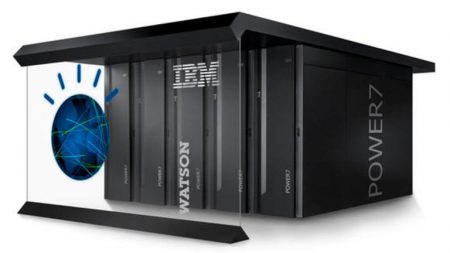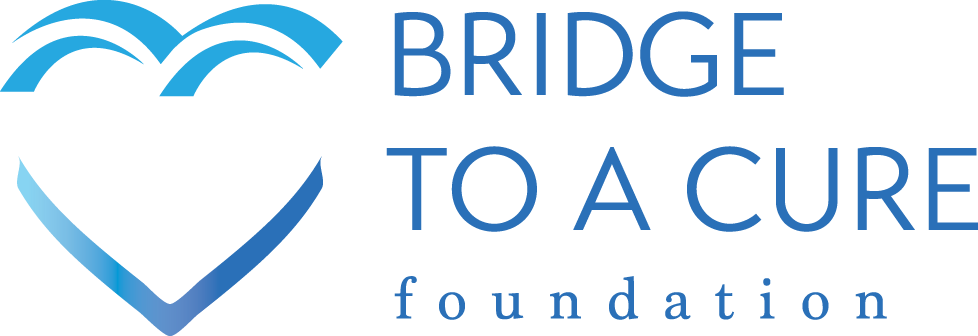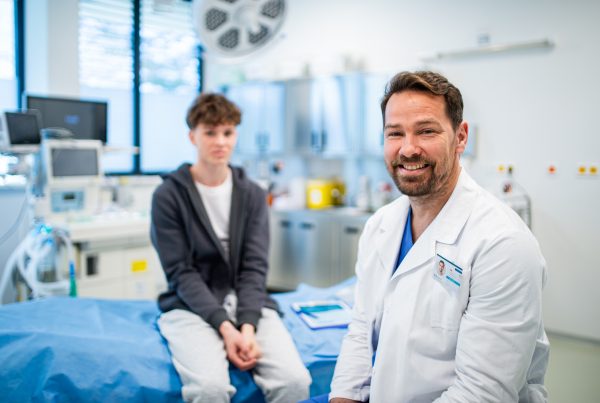This month, we acknowledge those committed to identifying and destroying the most horrific terrorist cells in America – cancer cells!
These terrorist cells kill more children than any other disease. If we are to destroy them, we will need to provide our healthcare professionals with the medical arsenal to fight the fiercest terrorists targeting our children.
Thanks to the insight and input collected by the Bridge to a Cure Foundation from over 120 childhood cancer researchers and practitioners, we now know what our medical professionals need to finally wipe out these terrorist cells that target our children:
- A robust and dynamic national childhood cancer database.
- Algorithms that optimize the full capability of artificial intelligence.
- A simplified, sensitized, and modernized clinical trial process.
- A methodology to evaluate/approve alternative medicines/treatments.
- Collaboration and alignment within and across institutions.
- Pharmaceutical companies motivated to invest in ending childhood cancer.
CHILDHOOD CANCER HEROES
There were many institutions and medical professionals involved in the identification and development of these remedies for which we are appreciative. Today, we would like to give special recognition to those whose counsel and support have made a significant contribution to Bridge to a Cure’s work to identify the armaments we need to win the war on childhood cancer:
- Dr. Darell Bigner – Duke Cancer Institute
- Dr. Saskia Biskup – Center for Genomics and Transcriptomics, Germany
- Dr. Melissa Bondy – MD Anderson Cancer Center
- Dr. Alberto Broniscer – University of Pittsburgh School of Medicine
- Dr. Robert Darnell – The Rockefeller University
- Dr. Ira Dunkel – Memorial Sloan Kettering
- Dr. Henry Friedman – Neuro-oncologist, Duke Cancer Center
- Dr. James Garvin – NY Presbyterian/Columbia University Medical Center
- Dr. Todd Golub – The Broad Institute
- Dr. Dirk Hadaschik – CeGat Germany
- John Kelly III – Senior Vice President, IBM
- Dr. Robert Kerbel – Sunnybrook Research Institute, Toronto
- Dr. Mark Kieran – Dana-Farber Cancer Institute
- Rebecca Lambert – NED Biosystems
- Dr. John Letterio – University Hospital Cleveland
- Dr. Duane Mitchell – University of Florida
- Dr. Filiberto Munoz – San Diego Clinic, Mexico
- Dr. Jeremy Rich – Cleveland Clinic
- Dr. Ned Sharpless – Director, National Cancer Institute
- Dr. Linda Van Aelst – Cold Spring Harbor Labs
- Dr. William Weiss – University of California, San Francisco
- Dr. Ben Williams – Anti-Cancer Alliance
We especially want to give recognition to the institutions and individuals that have advanced the effort to develop the arsenal needed to destroy childhood cancer cells. These are the ones who want to change the status quo — the ones who realize that we cannot continue to repeat what has not worked and who feel the urgency to implement a better approach to childhood cancer research.

IBM’s Watson computer system uses artificial intelligence (AI) to aid cancer research.
KEY INITIATIVES
- A robust and dynamic national childhood cancer database — The National Cancer Institute’s (NCI) Childhood Cancer Data Initiative (CCDI) aims to make it easier for researchers to learn from each of the approximately 16,000 children and adolescents diagnosed with cancer in the US each year. CCDI is the beginning of realizing Bridge to A Cure’s top objective: creating a robust national database that contains everything we know about childhood cancers. CCDI aims to maximize every opportunity to improve treatments and outcomes for children with cancer; build a connected data infrastructure to enable sharing of childhood cancer data from multiple sources; identify opportunities to make data work better for patients, clinicians, and researchers; and develop and enhance tools and methods to extract knowledge from data.
- Algorithms that optimize the full capability of artificial intelligence — We are beginning to see AI used to guide cancer management, with the most prominent example being IBM’s Watson for Oncology (WFO). Each month Watson ingests about 10,000 new scientific articles and data on 100 new clinical trials to keep up-to-date on new findings. While some point to the system’s limitations, it is important to keep in mind how new the technology is, and to recognize those who are adapting it to the real world fight against cancer. Other childhood cancer institutions experimenting with the potential of AI include: Lucile Packard Children’s Hospital Pediatric Molecular Imaging Program and the Department of Pediatrics, Hematology/Oncology Section, both at Stanford University School of Medicine; Memorial Sloan Kettering Cancer Center; The University of Texas MD Anderson Cancer Center; the Department of Pediatrics, UNC School of Medicine; and the Sherry and John Woo Center for Big Data and Precision Health at Duke University.
- A simplified, sensitized, and modernized clinical trial process — Organizations such as The New York Genome Center are using state-of-the-art genomic technologies and collaborating with leading research institutions to investigate the origins, diagnosis, and evolution of cancer. This includes working with The Broad Institute to simulate pediatric tumors in the laboratory to the map the capacity of tumors to develop resistance to drugs and drug combinations.
- A methodology to evaluate/approve alternative medicines/treatments — Opposition to alternative treatments is one of the barriers we’re working to remove in the fight against pediatric cancer. Some efforts worthy of recognition include research studies in Complementary and Alternative Medicine (CAM) to reduce symptoms and improve well-being for children with cancer. While most of these have been limited to single institutions, publications such as The Journal of Alternative and Complementary Medicine are providing peer-reviewed studies to evaluate and integrate of CAM into mainstream medical practice. Medical marijuana is another promising area. Research by Yale Cancer Center showed a majority of pediatric cancer providers endorse its potential use for children with advanced cancer, although clinicians want to see much stronger clinical evidence that marijuana treatments can help relieve symptoms such as nausea and pain.
- Collaboration and alignment within and across institutions — We see increasing recognition of our goal of increasing collaboration among groups such as Stand Up To Cancer. SU2C funds “multidisciplinary and multi-institutional collaborative research projects that address critical problems in cancer prevention, diagnosis, and treatment to deliver near-term patient benefit.”
- Motivating pharmaceutical companies to invest in ending childhood cancer — As millennials become the dominant force in corporate culture, they demand companies work to improve the common good and not just the bottom line. Impact investing is one way to achieve both financial and social returns. Although impact investing is a relatively new strategy, its global market size is estimated to be $228 billion and growing, with 75% of investments generated from private investing strategies. Last year the CEO of BlackRock, the world’s largest asset manager with over $6 trillion in investments, called on CEOs of the world’s largest public companies to not just deliver profits but to fulfill their responsibility to make “a positive contribution to society.” The time is right to capitalize on the movement to value companies for their contributions to improving the human condition in addition to sustainable profit growth.
These are just a few of the innovations we want to highlight for International Children’s Cancer Day, which took place on February 15th. There are many others. As we raise awareness of the children battling cancer, we must focus and accelerate the momentum toward achieving the breakthroughs kids and their families so desperately need.
In closing, we want to dedicate International Childhood Cancer Day to all the childhood cancer researchers and child oncologist professionals for their dedication, caring, and drive to make a difference. Their commitment to saving children is a challenge both intellectually and emotionally. These dedicated professionals are motivated by the desire to save lives and to stop the diseases that remain the most common cause of death among children in America.






